A recent survey has revealed a concerning density of Aedes larvae in 29 wards of Dhaka South City Corporation (DSCC) and 12 wards in Dhaka North City Corporation (DNCC) this season. In DSCC, wards 3, 4, 5, 13, 15, 16, 17, 23, 52, and 54 are particularly risky, while in DNCC, wards 12, 13, 17, 20, 31, 32, and 33 are at high risk.
The Directorate General of Health Services (DGHS) conducted the pre-monsoon survey between April 17 and April 26, examining 3,152 houses across 99 wards in both cities. Aedes mosquito larvae were discovered in 463 houses. The survey found that 42.33 percent of these were high-rise buildings, 21.6 percent were individual houses, 21.6 percent were under-construction buildings, 12.74 percent were semi-concrete houses, and 1.73 percent were open spaces.
Prof. Sheikh Daud Adnan, Line Director of Communicable Disease Control at DGHS, presented the survey findings at a workshop held at Shasthay Bhaban, which was chaired by DGHS Director Prof. Abul Bashar Mohammad Khurshid Alam.
Dr. Md Robed Amin, Line Director of Non-Communicable Disease Control at DGHS, addressed concerns about incomplete data collection on dengue patients, stating that they are working with private hospitals to implement an online system for tracking outpatient data. This system will soon be introduced in both government and private hospitals.
Prof. ABM Abdullah emphasized the seriousness of the situation, warning that if awareness about Aedes mosquitoes is not increased, the dengue situation could become severe this year. He stressed the need for coordinated efforts from government organizations like Rajuk, the Civil Aviation Authority of Bangladesh, and the Cantonment Board to control the Aedes mosquito population.



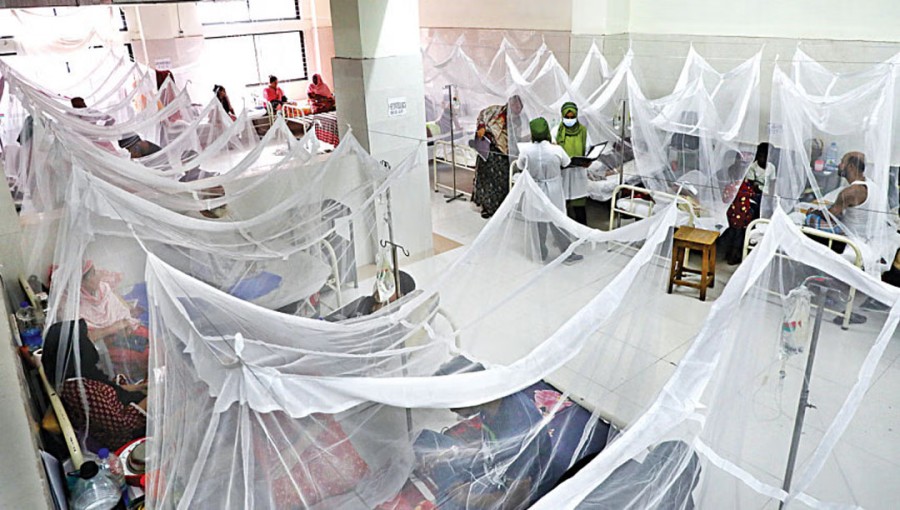

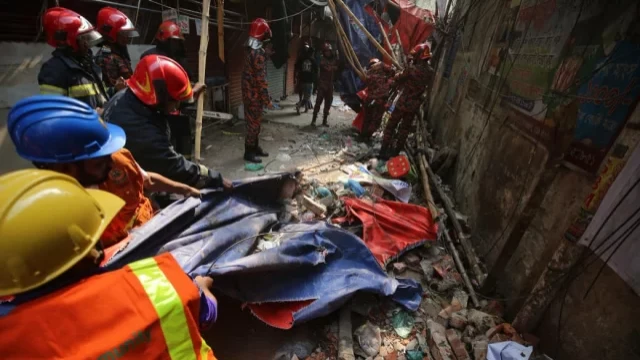
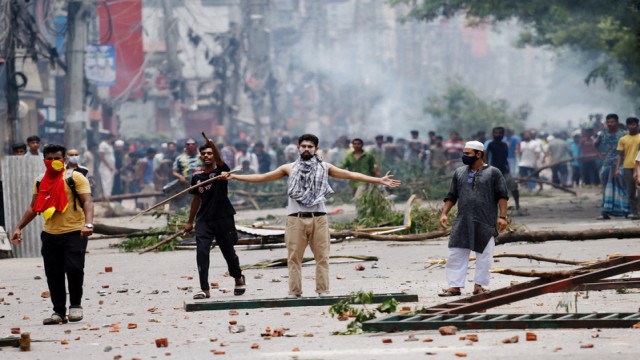
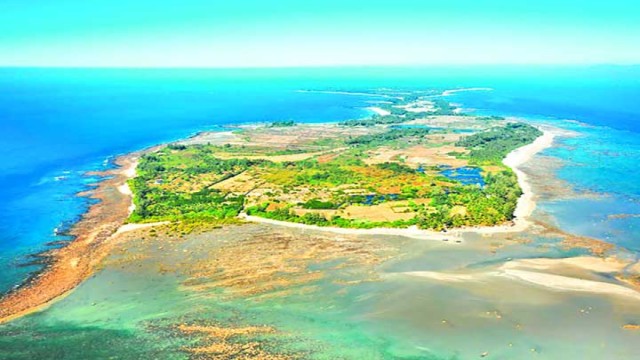

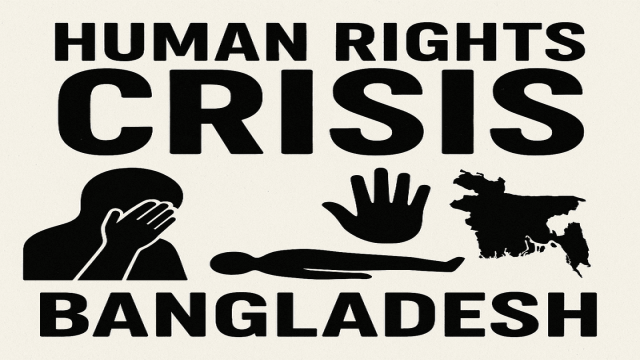
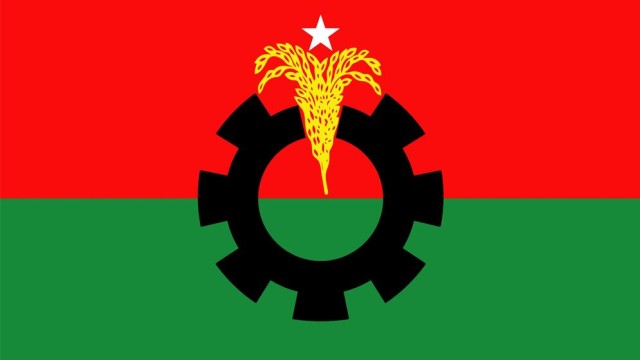
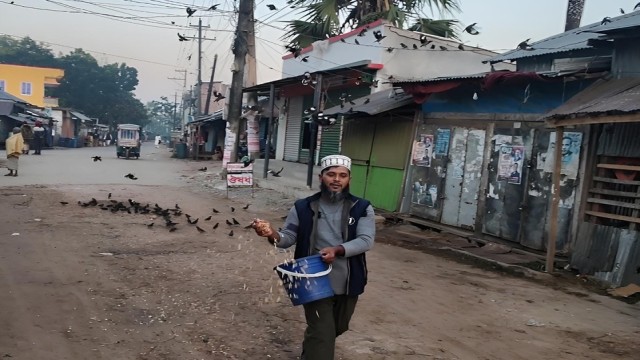
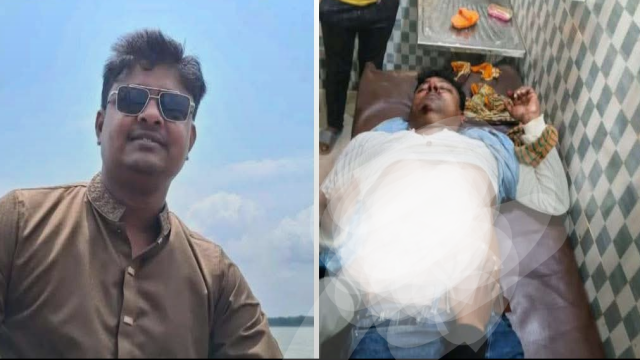


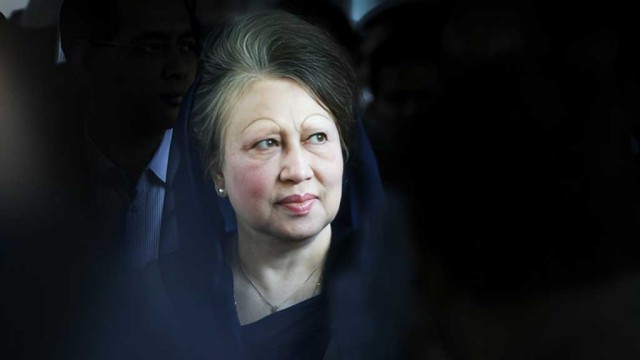
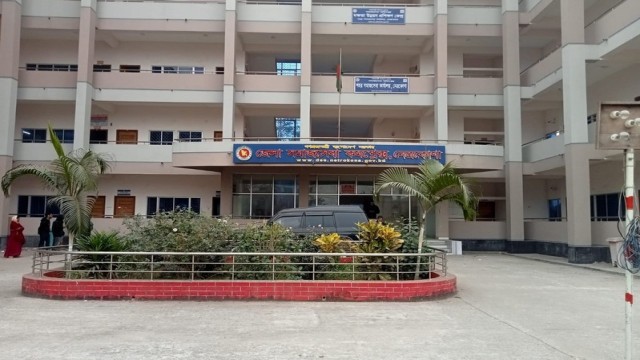
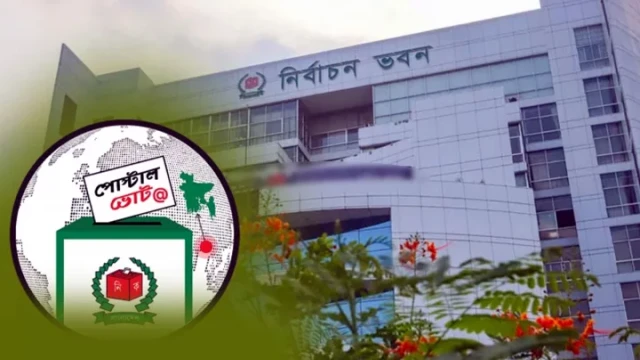
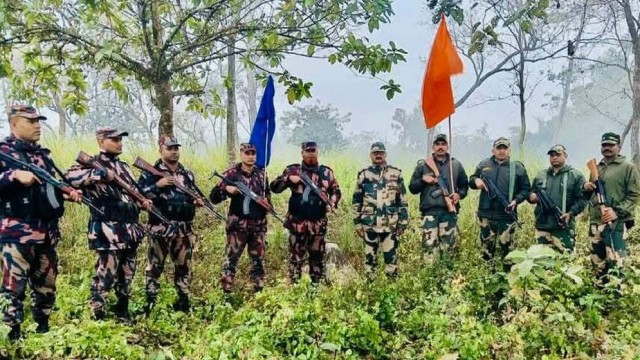




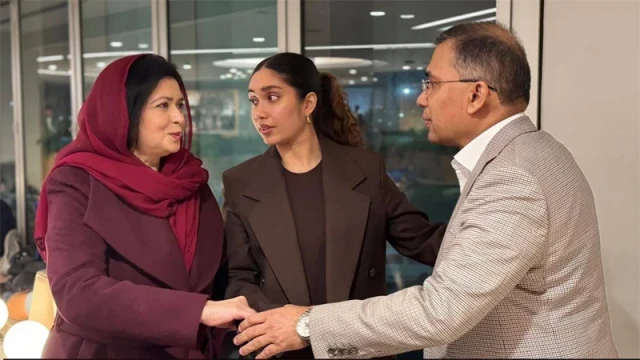



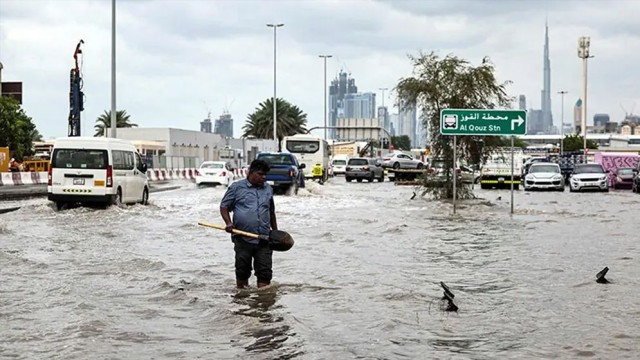
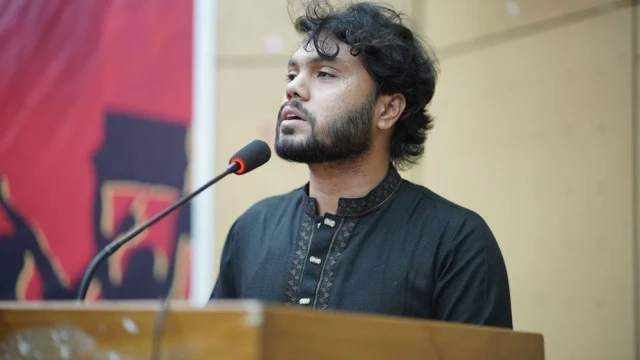
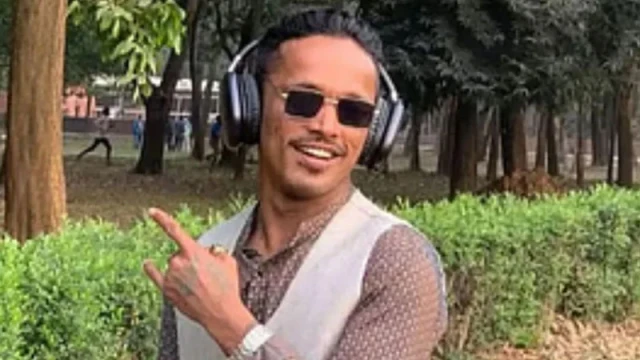
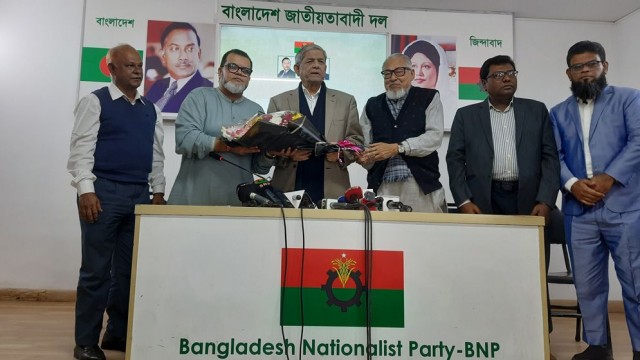
Comment: